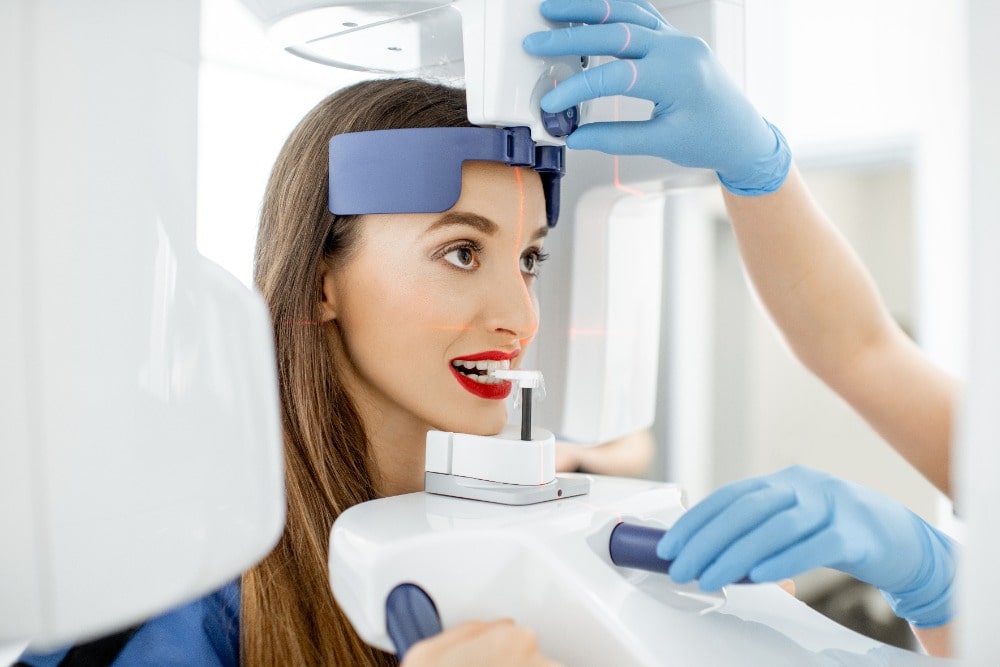

Why Orthodontists Take X-Rays
During the process of orthodontic treatment, your orthodontist will need to carry out various tests and procedures to monitor every element of your treatment progress. One of the most common steps during orthodontic appointments is capturing images by taking an x-ray. But why is taking x-rays so important during orthodontic treatment?
What Is an X-ray?
An x-ray is a method of capturing images that typical cameras can’t. When medical professionals need to see underneath the skin and muscle, they will use an x-ray. The device uses safe levels of radiation to penetrate the skin and soft underlying tissue to gather images of bones. Since bones are denser than other parts of the body, they show up on the resulting x-ray image.
What to Expect from Getting an X-ray
It’s likely you’ve gotten an x-ray before, either from a dentist or doctor. The method of gathering x-ray images during orthodontic appointments is very similar to when you get x-rays from the dentist. You’ll bite down on a piece of x-ray film to help produce a more accurate image. You’ll just have to sit still for a few seconds while your orthodontist captures x-ray images from multiple angles. The process is fairly easy to get through and should only take a couple of minutes.
Types of Orthodontic X-rays
Your orthodontist will use different kinds of x-ray images to accurately make decisions for your treatment. Intraoral x-rays are close-up images of individual clusters of teeth, such as one side of your jaw. These are helpful for spotting small details with your jaw and teeth. Panoramic x-rays provide a more “zoomed-out” image of your entire jaw so your orthodontist can look at what your teeth look like in relation to each other. Another common type of x-ray is called a celaphometric projection, which provides an image of the entire head, allowing your orthodontist to see your jaw in relation to the rest of your head.
Why Are X-rays Important in Orthodontics?
It’s important to gather accurate x-ray images during your orthodontic treatment to provide the best treatment plan. While impressions will help your orthodontist prescribe your treatment and create braces or aligners to fit your teeth, x-rays provide insight into deeper issues. By looking at how the teeth are attached to the jaw bone, your orthodontist will be able to determine how to best move your teeth for the optimal results. X-rays can also reveal underlying problems like tooth abscesses.
While you may be thinking you can just have your dentist send over old x-rays, your orthodontist will need x-rays of their own to accurately plan your treatment. In fact, they’ll need more detailed x-rays than what your dentist likely has. Additionally, your orthodontist will have to continue to take new x-rays as your treatment progresses to see if any issues come up and to accurately move on to the next phases.
To learn more about what you can expect from the treatment process, contact Crescent Orthodontic Specialists today and schedule your free consultation.
